|
Random Vintage Images Born in Brooklyn, New York, to working-class Jewish parents of Eastern European descent, Leonard Freed first wanted to become a painter. However, he began taking photographs while in the Netherlands in 1953 and discovered that this was where his passion lay. In 1954, after trips throughout Europe and North Africa, he returned to the United States and studied in Alexei Brodovitch’s ‘design laboratory’. He moved to Amsterdam in 1958 and photographed the Jewish community there. He pursued this concern in numerous books and films, examining German society and his own Jewish roots. His book on the Jews in Germany was published in 1961, and Made in Germany, about post-war Germany, appeared in 1965. Working as a freelance photographer from 1961 onwards, Freed began to travel widely, photographing blacks in America (1964-65), events in Israel (1967-68), the Yom Kippur War in 1973, and the New York City police department (1972-79). He also shot four films for Japanese, Dutch and Belgian television. Early in Freed’s career, Edward Steichen, then Director of Photography at the Museum of Modern Art, bought three of his photographs for the museum. Steichen told Freed that he was one of the three best young photographers he had seen and urged him to remain an amateur, as the other two were now doing commercial photography and their work had become uninteresting. ‘Preferably,’ he advised, ‘be a truck driver.’ Freed joined Magnum in 1972. His coverage of the American civil rights movement first made him famous, but he also produced major essays on Poland, Asian immigration in England, North Sea oil development, and Spain after Franco. Photography became Freed’s means of exploring societal violence and racial discrimination. https://www.magnumphotos.com/photographer/leonard-freed/ Vintage Big Hairdo's Sexist Computer Ads from 70's New York Rocker, a paper dedicated to music, was published from 1976 to 1982 (54 issues). These are the covers. Founded by Alan Betrock (1950-2000) and edited by Andy Schwartz, this hymned chronicler of punk and post-punk scenes in New York and beyond featured upcoming and already-there bands, photographs by Laura Levine and Ebet Roberts, and art direction from Elizabeth van Itallie. “The Rocker was way ahead of the game as far as knowing who was up and coming,” recalled Levine in 2001. “I was their chief photographer and photo editor. We were a very tight-knit group who went to see gigs together, threw parties, and pulled all-nighters pasting up the issues for press.” The covers below are tremendous. https://flashbak.com/new-york-rocker-the-covers-1976-1982-361672/ Vintage Creepy Dolls Vintage Annals Archive Own - Rich Wexler (me) had the pleasure of being on one of my favorite podcasts MIDNIGHT MASS, speaking about HAROLD AND MAUDE! *For Patreon Members there are three deep dive related to Harold and Maude. One on the film, one on Bud Cort, and one on Ruth Gordon. Check out the episode below, and I highly recommend following the MIDNIGHT MASS podcast! If you want to sing out…sing out! This week, Peaches and Michael explore unconventional connection in celebration of 1971’s HAROLD AND MAUDE! In addition to discussing the film’s remarkable use of music, our hosts delve into Harold’s place as one of cinema’s first proto-goths. Joining the conversation is cult filmmaker Chris LaMartina, who digs into the continued impact this classic has had on his life and outlook. Then, Vintage Annals Archive’s own Richard Wexler stops by to offer up some of the more nuanced bits of the movie’s storied history. From modified hearses to Cat Stevens verses, this episode has it all! Go! https://podcasts.apple.com/us/podcast/midnight-mass/id1571382053?i=1000605298072 More inappropriate comic panels  HIGHLY RECOMMENDED From Academy Award-winning filmmaker Laura Poitras (HBO and Participant’s “Citizenfour”) All the Beauty and the Bloodshed is an epic, emotional and interconnected story about internationally renowned artist and activist Nan Goldin. The story is told through her slideshows, intimate interviews, ground-breaking photography, and rare footage of her personal fight to hold the Sackler family accountable for the opioid overdose crisis. Credits: Executive Producers are Participant’s Jeff Skoll and Diane Weyermann; Clare Carter; Alex Kwartler; and Hayley Theisen. Producers are Howard Gertler, John Lyons, Goldin, Yoni Golijov and Poitras https://youtu.be/YD5pYQiT1D4 The podcast that gives Gen-X music maniacs a chance to smell like teen spirit again by connecting with a brotherhood obsessed with rating the entire discography of every single artist and band that ever mattered. With 3 new episodes a week, you’ll gain a comprehensive knowledge of an act’s history and output in the time it takes to listen to a single LP! Don't miss your favorite artists reduced to music geeks as they rate their favorite artists’ records. Ready to be flooded with music recommendations and connect to a brotherhood of friends? Then scroll up and click ‘FOLLOW’ https://podcasts.apple.com/us/podcast/discograffiti/id1592182331 I also highly recommend joining their PATREON https://www.patreon.com/Discograffiti Hosted by Dave Gebroe, Discograffiti is the music podcast that delivers the objective truth about the entire discography of every single artist and band that’s ever existed! If you’re on our Patreon page, then chances are you already know how the show works: Every Sunday, our mothership show features a different act, to whom I listen to and exhaustively research. From the ultra-obscure to the toppermost of the poppermost, Discograffiti covers it all. Every last release is given a star rating from zero to five, and at the end of every episode we come face to face with the true shape of an artist’s overall arc. Simply put...it’s a music lover’s dream come true. We’ve already featured such guests as: John Landis Anthony Fantano Bart Bealmear from Dangerous Minds Lou Barlow from Dinosaur Jr Monkees manager Andrew Sandoval Spiral Stairs & Bob Nastanovich from Pavement Replacements biographer Bob Mehr Comedian Jim Florentine Bob Forrest Kevin Whelan from The Wrens L’Rain Jonathan Rado from Foxygen The Sleep With Me Podcast Marvin Gaye biographer David Ritz Our Patreon feed, then, is the last word in deep-dive music obsession. This is it. You wanted the best, and you got it! The most insane, all-in music universe that’s ever been, here are the multiple tiers available through which to gain entry to the psychedelically mind-melting music funhouse of Discograffiti’s Patreon: Private First Class ($5/month) - You simply realize the value of the show and appreciate the insane amount of work that goes into each episode. Thank you so much for listening. And for giving. In addition, you'll be emailed a Discograffiti Soldier of Sound backstage pass, as well as a link to join us in our 24-hour Patreon hangout community on Discord. Ditch your current deadbeat friends and hang with the kool kids over at Discograffiti Central. Lieutenant ($10/month) - Access to the Wild Card Episode, which means TONS of extra content, all of which is weekly and goes up every Thursday. You'll get any one of the following: Rock Cousteau (our buried treasure show), Queasy Listening (shitty music diss show), Battle Royale! (music debates with S.O.S. members), our Very Special Episodes (thematic extravaganzas like Rock Operas, Live Albums, Abandoned Projects, Bootlegs, etc), Soldiers of Sound Call-In Episodes, long-form guest interviews, bonus content from mothership episodes, and really any additional content that doesn’t quite fit the format but is equally indispensable. Major ($20/month) - Discograffiti’s Private Press with Paul Major. This is our flagship bonus show, and it’s comin’ atcha weekly—every Tuesday. The ultimate value for your music dollar--period, end of story. The greatest private press record collector of all time—and leader of the thunderously awesome band Endless Boogie—introduces you to a brand new incredible record you’ve almost definitely never heard of every single week, along with personal stories that rocket his recommendations into another category entirely. Not to be missed. Feel free to sample it and see for yourself. Colonel ($40/month) - Access to participate in our special Call-In Episodes! Brigadier General ($100/month) - You get to actually help choose the bands the show covers…and the special guests that cover them with us! Major General ($1,000) - Live, in-person record shopping assistance! ‘Three funky cats, all brothers, having just as much fun on stage as their audience,’ as the sleeve notes to their second album read. ‘What kind of sound do the Kaplans have? Three parts of harmony coming together with a new contemporary sound as well as a healthy golden Oldie Show. Interwoven voices along with guitar, congo drums and bass blend together in a crisp fresh sound of today that doesn't forget the best of yesterday.’ Playing around the Illinois, Iowa, Michigan and Wisconsin area, the Kaplan Brothers released their first album, The Universal Sounds Of The Kaplan Brothers, on their own Kap Records imprint in 1969. At that point the Chicago-based duo consisted of brothers Richard (aka Dick, guitar and lead vocals) and Ed (percussion and flute), backed on their recording by guitarist Scott Klynas and bassist Jeff Czech. Very hairy, very Jewish (their first two albums both feature covers of Hava Nagila), very oddball, the Kaplan sound mixes spaghetti western whistles with South American congas and a splash of Greenwich Village folk. For a while the two brothers performed on stage by Larry Andies (bass and backing vocals), before teaming up with younger brother John and issuing a second album, the much more pedestrian lounge folk collection The Kaplan Brothers which features three Beatles covers amongst its tracks. It’s a record that, according to Dick Kaplan himself ‘Hasn't gotten any better over the years’. For their third – and last – album the boys shot off in an altogether different direction: quite literally. In early 1974 they relocated to California and, a year later, issued their magnum opus Nightbird, a mellotron-drenched slice of kitsch like nothing else you have ever heard in your life. Timothy Ready, on his blog The Progressive Rock Hall of Imfamy, described it rather well when he called it ‘Yom Kippur and Purim combined, in one mega-dose of cheese’. Nightbird is a classic of wrongness, a prog-rock nightmare which is so gloriously perverse it somehow works. A song suite of sorts, Nightbird even includes a hideous (and hysterical) cover of the King Crimson classic Epitaph and an overwrought reworking of the Jose Feliciano song Rain. Small wonder that the Acid Archives called Nightbird ‘The ultimate lounge-rock extravaganza. A self-proclaimed 'electric symphony' that mixes Ennio Morricone with King Crimson as recorded by a Holiday Inn/bar mitzvah band from outer space. Crooner vocals soar on top of overly-elaborate keyboard arrangements as the music abruptly throws you from one intense mood into another in true psychedelic fashion.’ Although uncredited on the record, the title track Night Bird was written by Larry Andies. According to Kaplan Brothers’ fan James Webster (writing on Bad Cat Records in 2011), Larry ‘was also the composer of most of their original music’. You need to hear this record. In fact for a couple of quid you can own a CD reissue of it. Search eBay for a copy of the (less than 100% legit) Erebus Records release from around 2009: I found my copy for 99p plus postage! You won’t regret it. But for now, here’s a couple of tracks to whet your appetite, the aforementioned Epitaph and the nutso album closer He, a rewrite (of sorts) of the folk classic He Was A Friend of Mine. As a bonus, I’ve also added a track from each of the Brothers’ earlier albums: Running Scaredfrom The Universal Sounds Of The Kaplan Brothers and, from their second album The Kaplan Brothers, their batshit crazy interpretation of Eleanor Rigby. https://worldsworstrecords.blogspot.com/2016/05/meet-kaplans.html?m=1 25 Vintage Photos of Badass Women Riding Their choppers A chopper is a type of custom motorcycle which emerged in California in the late 1950s. The chopper is perhaps the most extreme of all custom styles, often using radically modified steering angles and lengthened forks for a stretched-out appearance. They can be built from an original motorcycle which is modified (“chopped”) or built from scratch Some of the characteristic features of choppers are long front ends with extended forks often coupled with an increased rake angle, hardtail frames (frames without rear suspension), very tall “ape hanger” or very short “drag” handlebars, lengthened or stretched frames, and larger than stock front wheels. The “sissy bar”, a set of tubes that connect the rear fender with the frame, and which are often extended several feet high, is a signature feature on many choppers. Perhaps the best known choppers are the two customized Harley-Davidsons, the “Captain America” and “Bil https://www.vintag.es/2020/02/70s-chopper-girls.html?m=1 The United States in the early 20th century wasn’t a hub of sex positivity or education, but there were exceptions. People still loved sex and reading sexy things, even if it wasn’t acceptable in mainstream publications. Enter the Tijuana Bible, an early relative of underground comics. These bibles were silly, and dirty, and fun. They featured obscene parodies of celebrities or well-known cartoon characters (including mice). WHAT ARE TIJUANA BIBLES? Tijuana bibles were also called eight-pagers, Tillie-and-Mac books, blue-bibles, and two-by-fours. In short, they were eight-page dirty comic books, about the size of your wallet. They were created during the 1930s–50s, but they were most popular during the depression era. Millions of them were printed during the 1930s. It is estimated that between 700 and 1000 unique books were created. In the 1940s, the war ground the industry to a halt and it never recovered. Most of the artists remain unknown because their publication was illegal. Dr. Donald Gilmore, one of the fathers of the study of the bibles, posited that 12 artists produced the bulk of these bibles. A few authors have been credited with making the bibles. Wesley Morse, creator of Bazooka Joe, had a hand in making some eight-pagers. Tijuana bibles gained their name because of the myth that they were smuggled from Mexico. This was never proven to be true. The book covers claimed that they were printed all over the world. The actuality is that they never left America. The comics were humorous and absolutely filthy. Some of the popular characters included in this are recognizable today. “Blondie”, “Dick Tracy”, and “Popeye” were all featured in these comics. Sometimes they would even feature political characters or celebrities. THE POPULARITY OF THE BIBLES The bibles were a form of escapism during the depression era. People delighted in the Tijuana bibles’ illicit content, but also in the hush-hush quality of buying something illegal. They were also incredibly cheap. Tijuana bibles cost 25¢ each, and nobody really knows exactly who published them to this day. It is suspected to come from a group of printers that also circulated pornographic playing cards and film reels. Another theory is that they were printed by bootleggers. Bootleggers had access to printers for bottle labels, and they were often found in speakeasies. Their popularity ended up sparking some conversations about copyright. Certainly, that was part of the appeal. Tabloids of the day capitalized on the controversy, with titles such as “Victimized By Smut!” Celebrities such as Rita Hayworth and Bob Hope appeared in these comics, and people went wild for them. As well as serving as entertainment, this was a time in history when sex education was nonexistent. Another likely theory is that the bibles were partially instructional. Most of the stories and situations were silly, but the sex acts were very real. It was entirely plausible that these pamphlets served as a type of marital aid. It’s easy to imagine a husband saying to a wife “Think we can do this?” while Olive Oyl seduces Popeye. Little else is known about these mysterious little comics. Almost nothing is known about how they came to be. Luckily, many of the comics survived to today for us to enjoy. TIJUANA BIBLES TODAY The human urge to draw and write porn persists even today. A close cousin of the Tijuana bible is dōjinshi. Dōjinshi are Japanese fan comics of copyrighted works. While only a small percentage of them are outright filthy, the ones that are remain notorious. Dōjinshi are also illegal, like the Tijuana bibles. They violate Japanese copyright laws, which is, of course, part of the fun and appeal. That said, they drum up business for the entire manga industry. Dōjinshi only stands for one small aspect of modern fan works, pornographic or otherwise. Anyone who uses Twitter knows that people are going to draw silly porn no matter what, be it Tony the Tiger or Popeye. Curiously enough, fan fiction and fanart is still considered unlawful to this day, despite its rampant popularity. The rarity of the Tijuana bibles was part of what made them so influential. They are a predecessor to the underground comics movement and zines. Their style even influenced Playboy magazine. While the bibles fell out of favour with the start of the Second World War, today they remain a popular collector’s item. Some universities have collections for educational purposes. It’s possible to find compilations of ridiculous dirty comics featuring Dagwood and Donald Duck. You know…if you want. https://bookriot.com/a-history-of-tijuana-bibles/amp/  Reminder JAMEL SHABAZZ and Karim Brown Podcast Out Now!
At a time when they are trying to erase black history education in this country, I have the honor of sharing a podcast episode of one of the greatest living photographers of the past 100 years, Jamel Shabazz. We will be focusing on his new book (among others things) "Albums" which if you haven’t gotten it, please do. It’s $50 and well worth it. No matter what they do in terms of trying to erase black stories and black history, they’ll never be able to erase the work and important archive of Jamel Shabazz! His book "Albums" is literally a Black History Textbook in a huge sense. This book features selections from over a dozen albums, many previously unseen, and includes his earliest photographs as well as images taken inside Rikers Island, all accompanied by essays that situate Shabazz’s work within the broader history of photography. Last thing I’ll say is that Jamel is honestly one of the most compassionate, spiritual, intelligent, authentic, kind, and passionate human beings I have ever met. Please get this book and all his past books. I want to thank Daniel Power and Sophie Nunnally for helping arrange this interview through Powerhouse Books who had put out Jamel’s books. Please support them if you buy his books, and in general. They put out such amazing and diverse books. Please also get Leonard Freed’s “Black and White in America 1963-1965” at $28 dollars as a re-issue. Leonard's book and work has ben the main influence of Jamel's work and career. I also want to thank Karim Brown for being part of this episode. His work was being shown in the African American History museum in Philadelphia where Jamel did a lecture called “Love is The Message” a couple of months ago, and I got to see his amazing work. He is a younger photographer, and as a tribute to Jamel, who mentors and supports so many younger photographers, I wanted to include the amazing work, insight, and work. Karim's work has also been greatly influenced by Jamel, they both work in the same spirit of documenting their communities, and creating a historical archive for future generations to enjoy. Karim is also a teacher and archivist, and we talk with him about that, and his connection to Jamel! Lastly I have to say that getting to talk to Jamel has definitely been one of the highlights of my life, so I offer this as a gift to others to experiece it. Hope you enjoy it! We start with Karim's (30 min.) then into Jamel's. Please listen to both episodes if you can. Jamel Shabazz https://www.instagram.com/jamelshabazz About Jamel Shabazz https://aperture.org/editorial/why-jamel-shabazz-is-new-yorks-most-vital-street-photographer “Jamel Shabazz Albums” Book $49.23 (available everywhere) https://steidl.de/Books/Albums-0120242856.html “A Time Before Crack” $39.95 (please buy from the publisher) https://powerhousebooks.com/books/35128/ “Back in The Days” $39.95 (please buy from the publisher) https://powerhousebooks.com/books/back-in-the-days/ Website https://powerhousebooks.com Karim Brown Karim Brown is a documentary photographer living and working in North Philadelphia. Keeping the Black Philadelphia community and its people at the forefront of his mind, Karim uses photography to intimately engage with Black ways of knowing and doing that he has been immersed in his entire life
0 Comments
Your comment will be posted after it is approved.
Leave a Reply. |
|

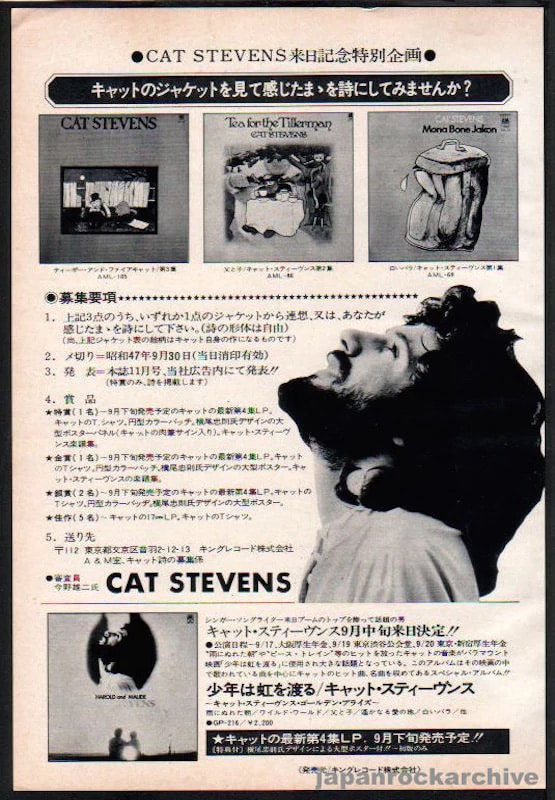
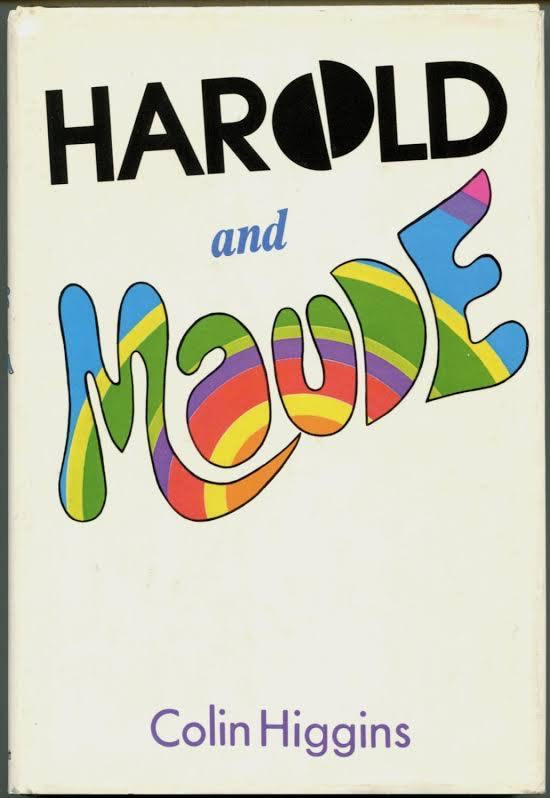

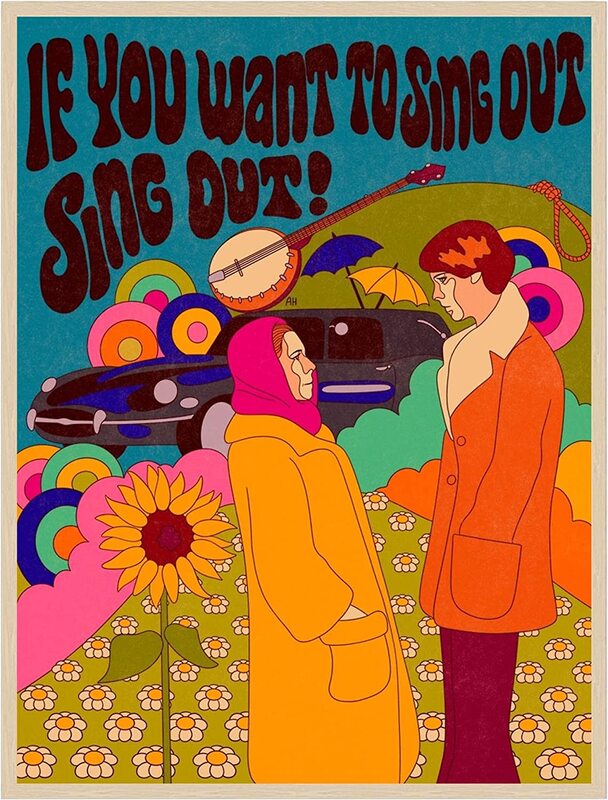





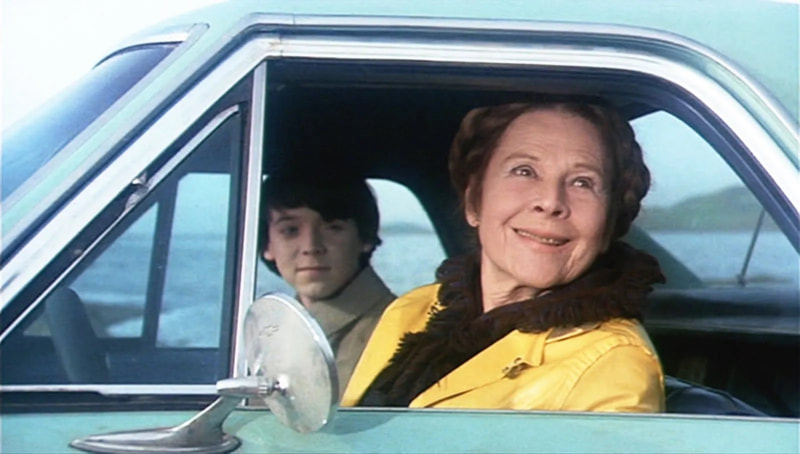

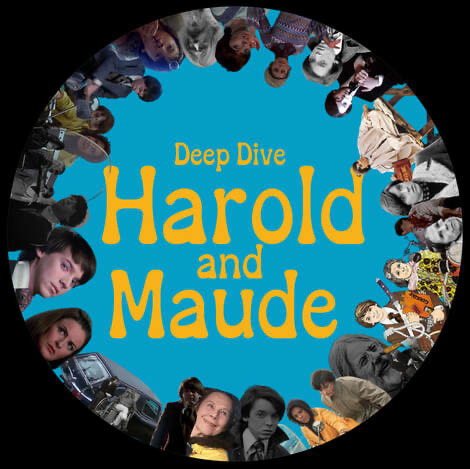
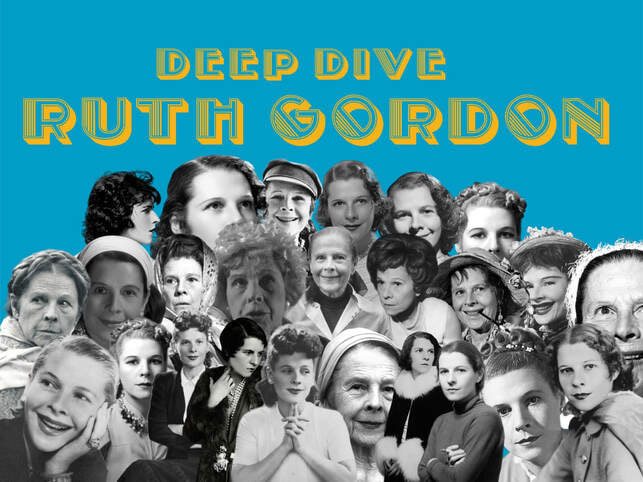
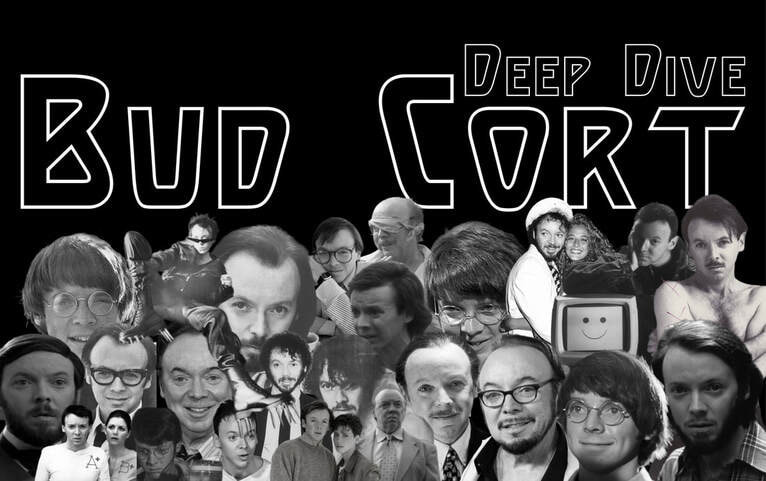
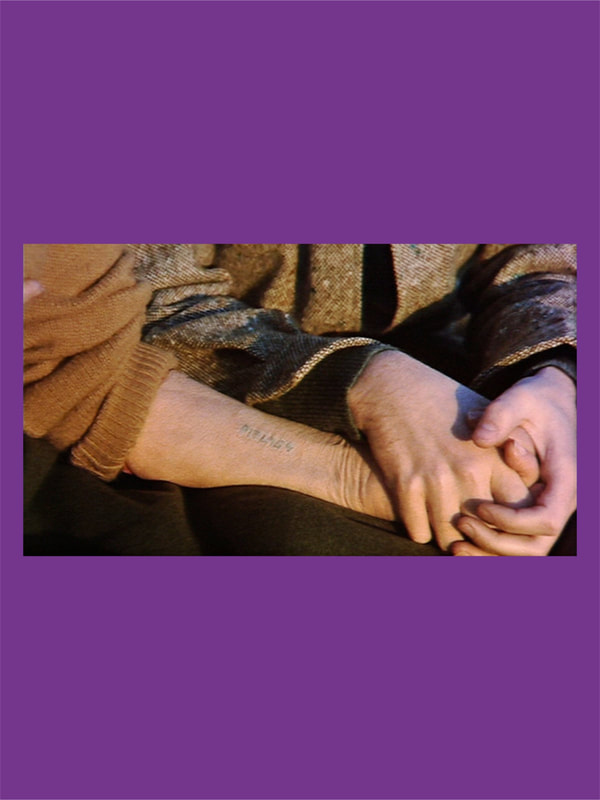
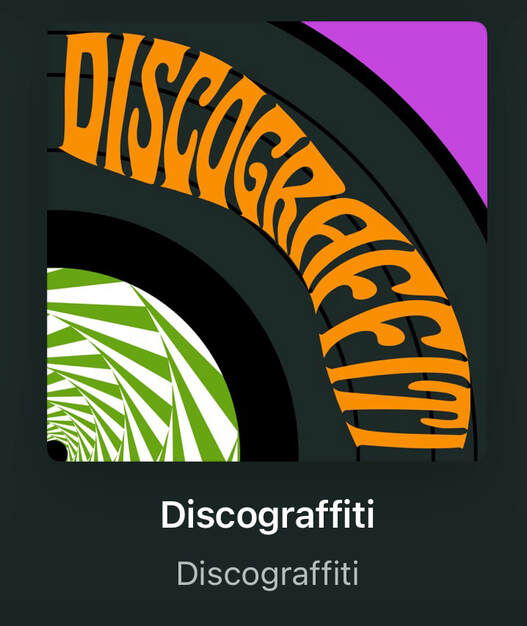
 RSS Feed
RSS Feed